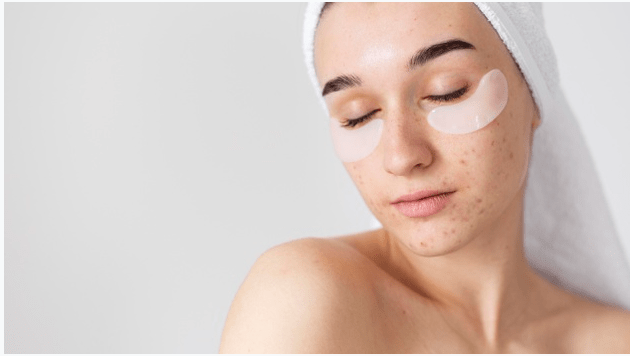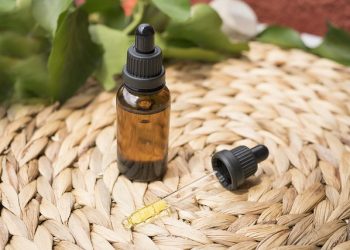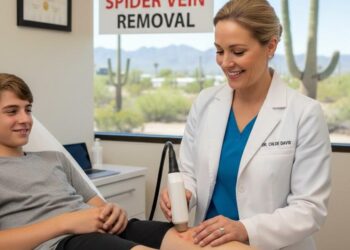As the days grow warmer and longer, outdoor activities become more enticing. Whether heading to the beach, hiking in the mountains, or simply enjoying a leisurely walk in the park, it’s important to prioritize sun safety. While the sun provides numerous health benefits, prolonged and unprotected exposure to its harmful ultraviolet (UV) rays can lead to various skin and health issues. This informative blog article will delve into the significance of sun safety, the risks of excessive sun exposure, and how first aid training can complement your sun-safe practices for a well-rounded approach to outdoor well-being.
Understanding Sun Exposure
The sun emits various types of radiation, including visible light, infrared radiation, and UV rays. UV rays are divided into three categories based on wavelength: UVA, UVB, and UVC. UVC rays are mostly absorbed by the Earth’s atmosphere, but UVA and UVB can penetrate the skin, leading to different consequences.
UVA rays are associated with skin aging, causing wrinkles and fine lines and contributing to skin cancer development. UVB rays are primarily responsible for causing sunburns and increasing the risk of skin cancer. Prolonged exposure to UVA and UVB rays can harm our skin cells’ DNA, potentially leading to skin cancer over time.
The Risks of Excessive Sun Exposure
Sunburn: Sunburn is a common result of excessive UVB exposure. It causes the skin to redden, become painful and may lead to peeling. Repeated sunburns can significantly increase the risk of developing skin cancer.
Skin Cancer: Skin cancer is one of the most prevalent forms of cancer worldwide. Prolonged and unprotected sun exposure is a major contributing factor, particularly in basal cell carcinoma, squamous cell carcinoma, and melanoma – the most dangerous type of skin cancer.
Premature Aging: UV rays break down the collagen and elastin fibres in the skin, leading to premature aging. Wrinkles, sagging skin, and age spots are common consequences of prolonged sun exposure.
Eye Damage: Extended exposure to UV rays can harm the eyes and increase the risk of cataracts, macular degeneration, and other eye conditions.
Suppression of Immune System: UV radiation can weaken the immune system, making it harder for the body to defend against infections and diseases.
Tips for Being Sun Safe
Wear Sunscreen: Choose a broad-spectrum sunscreen with SPF 30 or higher that protects against UVA and UVB rays. Apply it generously to all exposed skin, and reapply every two hours or more frequently if swimming or sweating.
Seek Shade: Avoid direct sun exposure during peak hours, typically from 10 a.m. to 4 p.m. Stay in the shade or use umbrellas, hats, and other protective clothing if possible.
Wear Protective Clothing: Dress in lightweight, long-sleeved clothing made from tightly woven fabrics. Wide-brimmed hats can provide shade for your face, neck, and ears.
Use Sunglasses: Choose sunglasses that offer 100% UVA and UVB protection. This will safeguard your eyes and the delicate skin around them from sun damage.
Be Cautious near Water, Snow, and Sand: These surfaces reflect and intensify UV rays, increasing the risk of sunburn. Take extra precautions when participating in activities near these areas.
Hydration: Drink plenty of water, especially when spending time outdoors. Staying hydrated is essential for maintaining healthy skin and overall well-being.
Check for UV Index: Before planning outdoor activities, check the UV index for your location. The UV index provides information on the intensity of UV radiation and can help you plan for appropriate sun protection.
Self-Examination and Regular Check-ups: Perform regular skin self-examinations to identify any unusual moles or changes. If you notice anything concerning, consult a dermatologist promptly.
The Wrap up
Sun safety is crucial for protecting your skin and overall health and ensuring you can continue enjoying outdoor activities for years to come. Prolonged exposure to the sun’s harmful UV rays can lead to skin damage, premature aging, and an increased risk of skin cancer. Adopting simple yet effective sun-safe practices such as wearing sunscreen, seeking shade, and using protective clothing can minimize the risks associated with UV radiation and promote a healthier lifestyle.
At [Your Organization Name], we understand the importance of sun safety and overall well-being. Alongside practising sun-safe habits, being prepared for emergencies is equally essential. That’s why we offer comprehensive first aid training courses that equip you with the knowledge and skills to respond effectively to various injuries and accidents that can occur during outdoor activities. From sunburns and heat-related illnesses to cuts and scrapes, our first aid course empowers you to be a confident and capable first responder.
By combining sun safety awareness with first aid training, you’ll enjoy the great outdoors responsibly and ensure the safety and well-being of yourself and those around you. So, don’t wait any longer – enrol in our first aid training course today and be well-prepared for any situation that comes your way!







